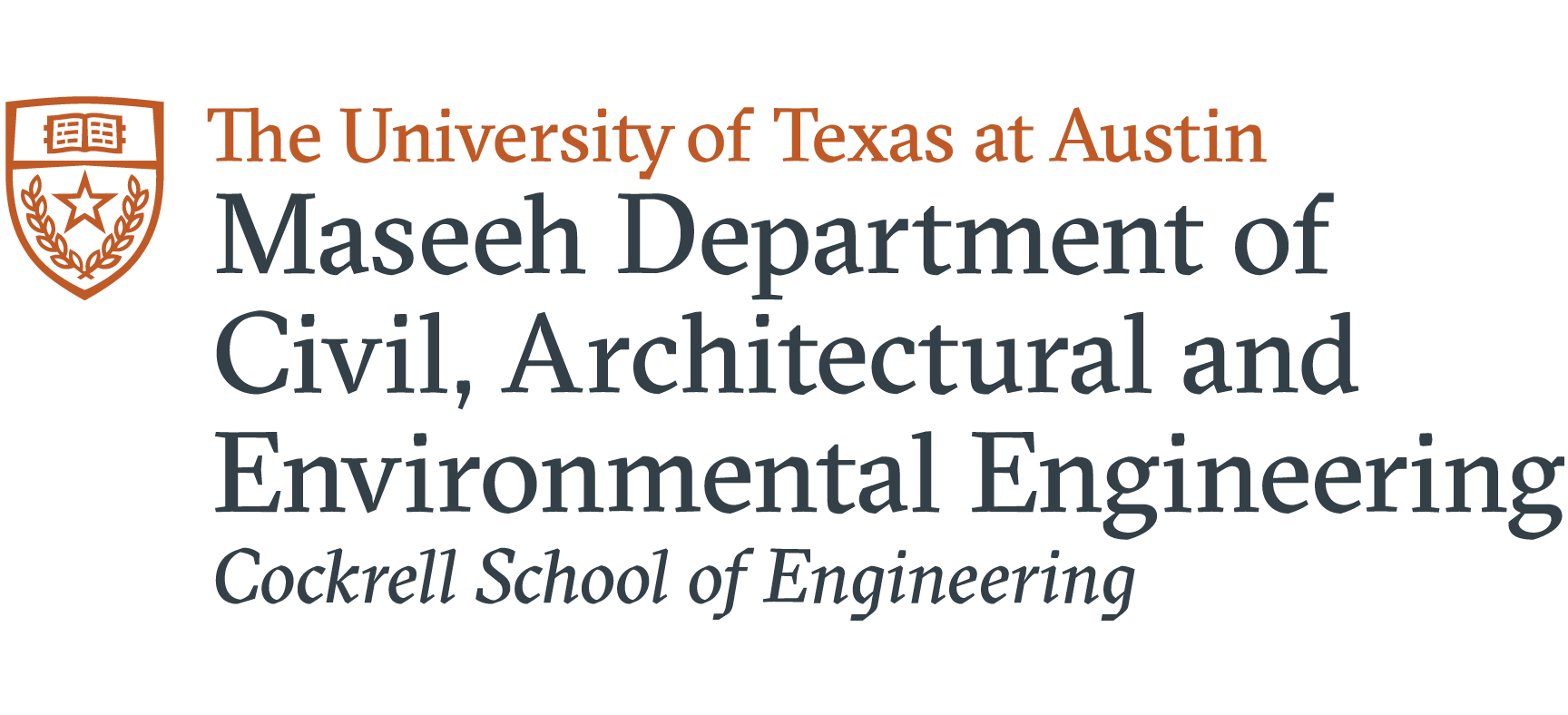
Strategic Vision
Our Vision
We are committed to preparing the next generation of engineering leaders to solve complex societal problems and advance engineering knowledge through innovative, multidisciplinary research, ranging from fundamental to applied.
The Challenge
Change is happening rapidly in the built and natural systems that support society, and it’s on a scale that can drive confusion and dysfunction unless communities, industries, organizations and individuals are prepared to tackle new and complex challenges.
Our Strategy
To lead the transformation of the civil, environmental and architectural engineering professions, we are centering our future curriculum and research around a unified set of strategic competencies and opportunities.
Strategic Competencies
- Public Affairs
Shape and influence public policy, regulations, community engagement, and investment strategies that govern the stewardship of the built and natural environment. - Integrated Systems
Address complex challenges by integrating technical and human considerations—harnessing synergies between technology, operational processes, ecosystems and society. - New Materials & Process Engineering
Design and deploy sustainable, reclaimed and resilient materials and processes that enhance the performance and longevity of infrastructure systems across multiple scales. - Data Science, Simulation, and Decision Making
Utilize data-driven modeling and predictive analytics to design, build and operate more effective, sustainable and resilient components of both the built and natural environments. - Autonomous and Smart Technology
Advance the development and application of intelligent systems to monitor, manage and optimize infrastructure and environmental assets. - Engineering for the Extreme
Design and build systems that perform reliably under extreme environmental conditions, events and stressors—ensuring safety, resilience, and continuity across both the built and natural landscapes.
Strategic Opportunities
- Sustainable Sources for Water and Energy: Innovating technology, management and planning for alternative and renewable resources and the associated infrastructure to support them.
- New Materials and Fabrication Methods for Infrastructure: Developing new materials and new ways to use, fabricate and construct materials with up to urban scale considerations influencing down to atomic scale design.
- Advanced Building Energy and Environments: Creating and constructing buildings that are healthy, efficient and sustainable.
- Resilient Cities: Cultivating the ability to withstand and/or recover quickly from extraordinary conditions, including natural hazards, climatic changes, pandemics and harsh terrestrial or extraterrestrial environments.
- Smart and Autonomous Infrastructure Systems: Enabling seismic shifts to improve the effectiveness, efficiency and resiliency of infrastructure systems by acquiring, analyzing, and utilizing large sets of information in real time.
Our Plan
- Reimagining the student experience by creating a flexible, future-ready curriculum that integrates strategic focus areas, expands hands-on and global learning and strengthens early data science training.
- Fostering innovation by embedding entrepreneurship into academics, expanding industry partnerships and supporting ventures through mentorship, funding and UT’s innovation ecosystem.
- Strengthening faculty excellence by recruiting top talent in strategic areas, supporting professional and interdisciplinary growth and aligning expertise with emerging societal and global needs.
